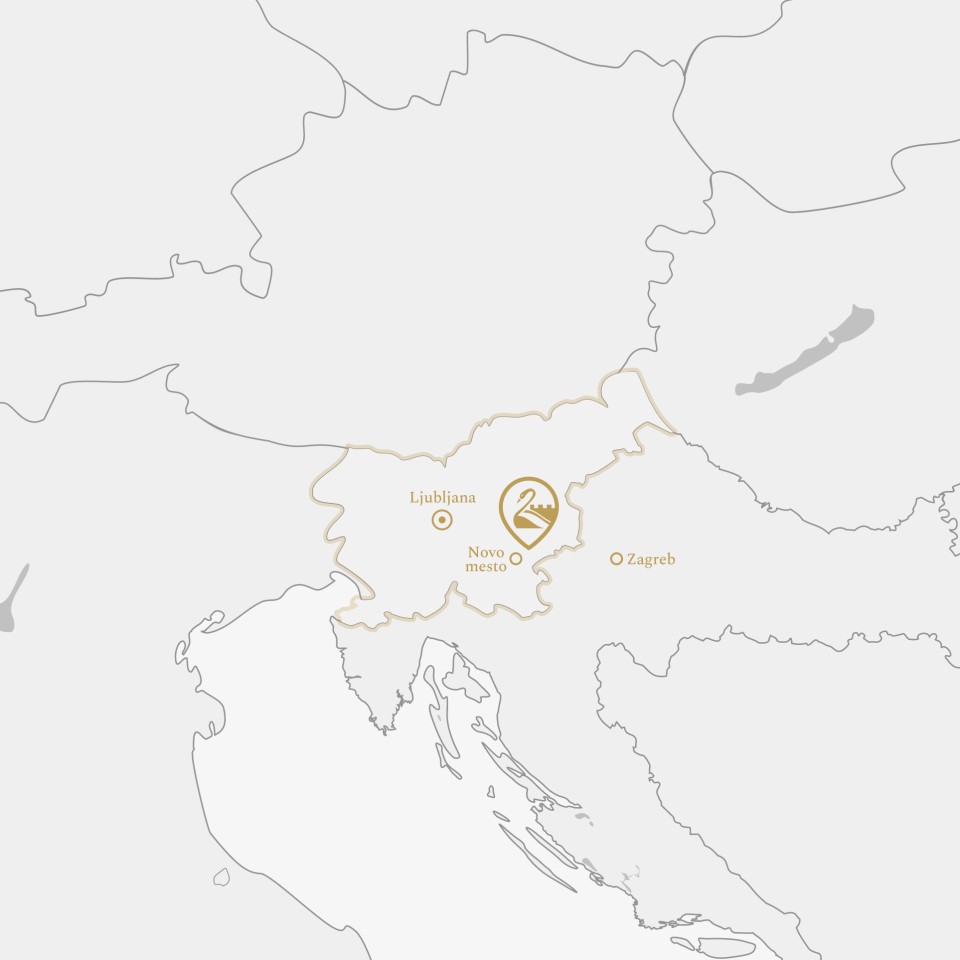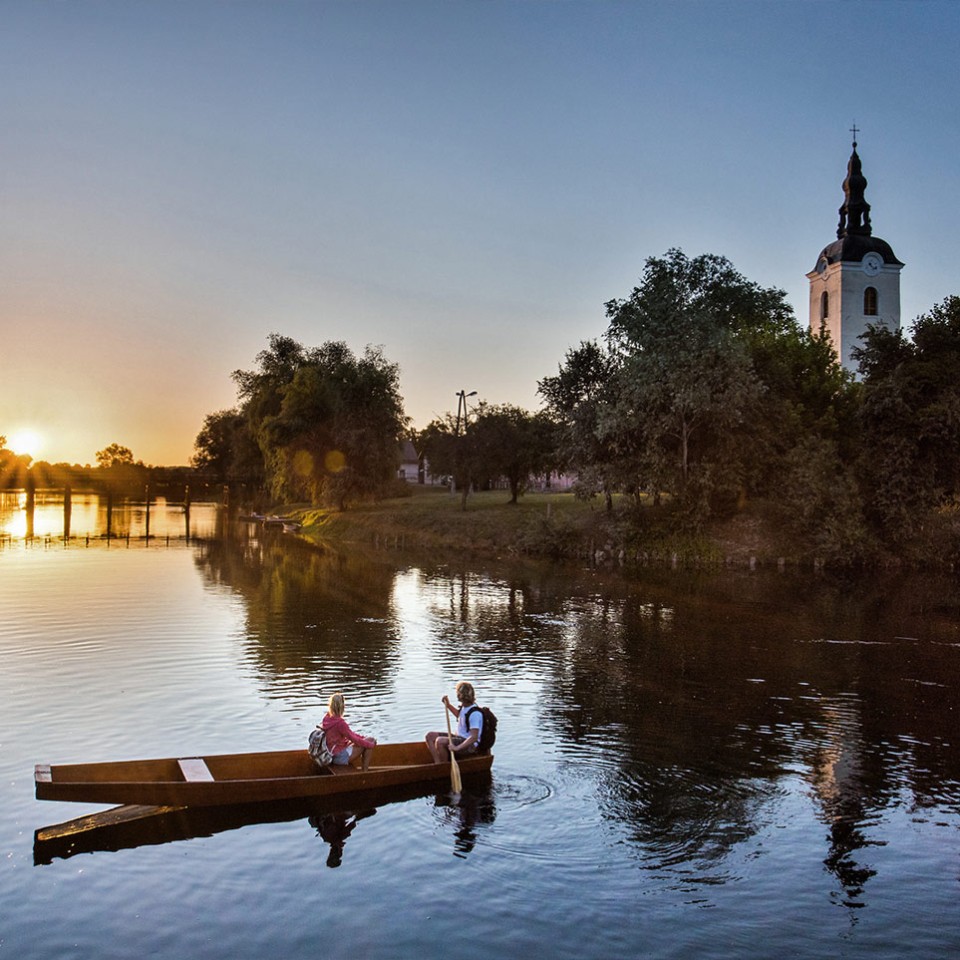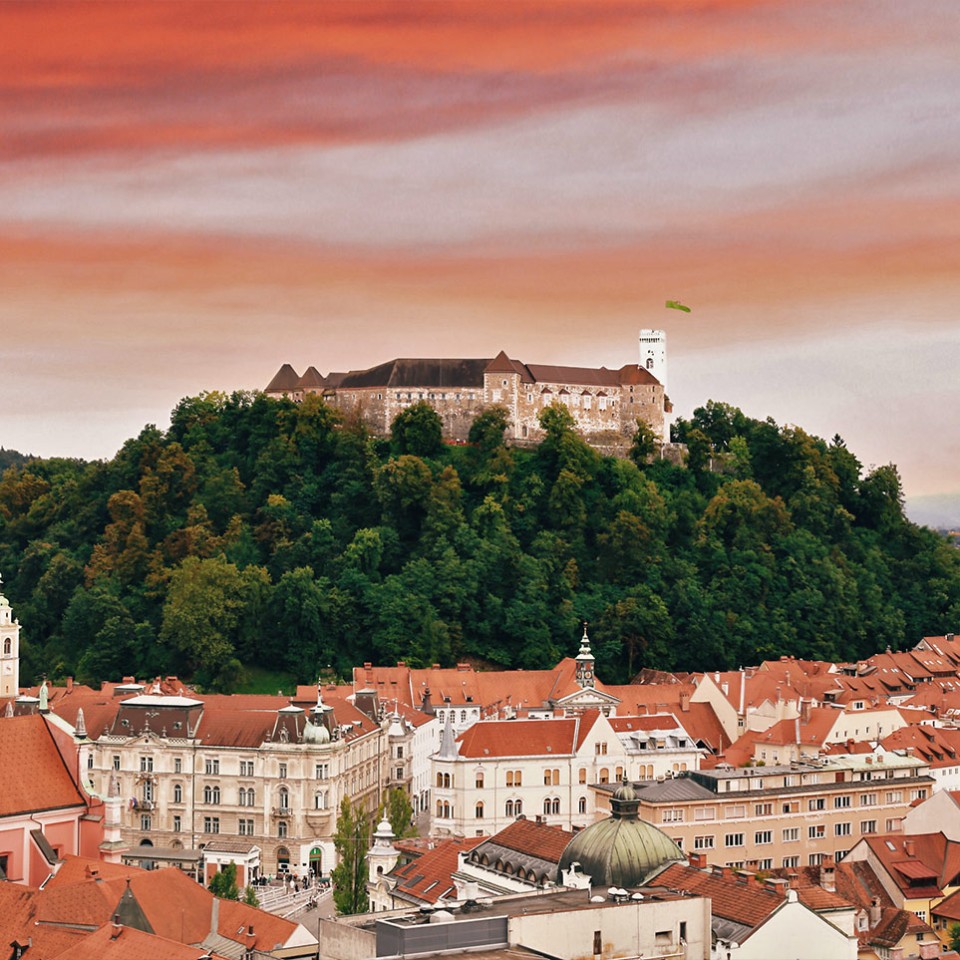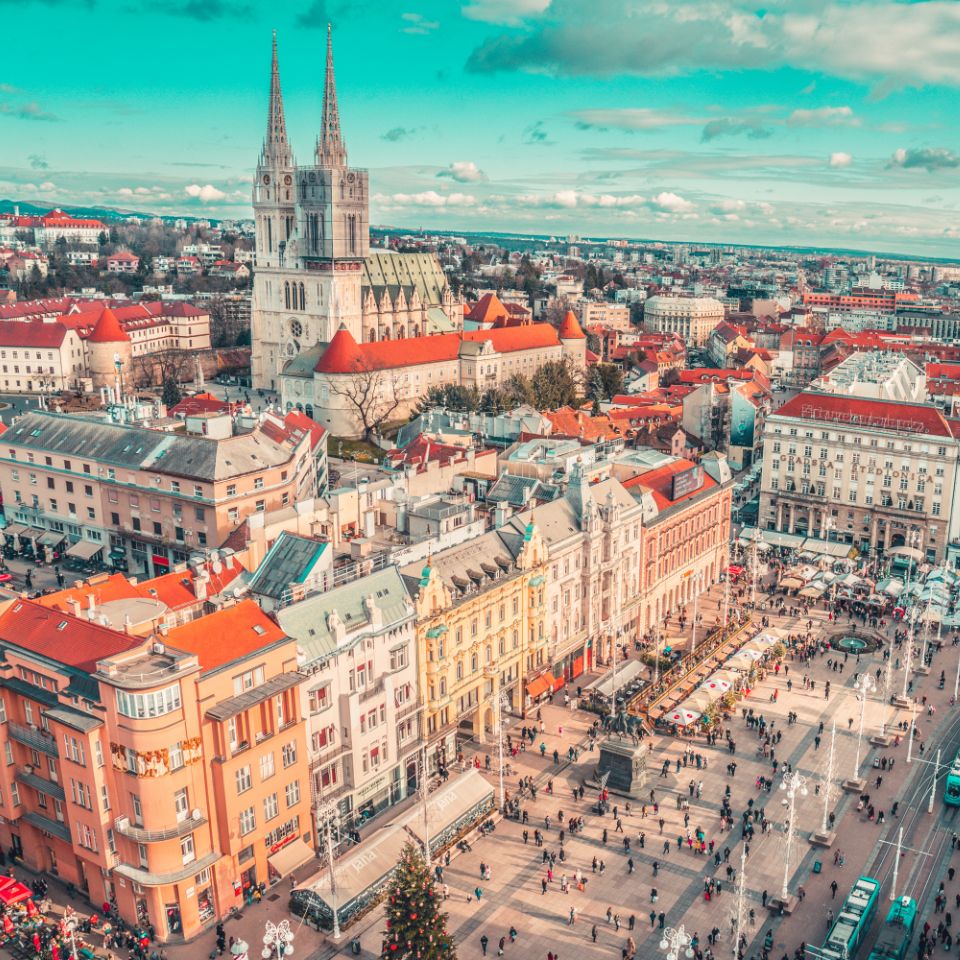Where to find us

Where to find us
On a pretty island in the shallow watercourse of the Krka river stands one of the most attractive hotels in Slovenia, the Otočec Castle Hotel. It is just a few minutes' drive from Novo mesto and an hour's drive from Ljubljana.
Dolenjska region

Dolenjska region
Welcome to the Dolenjska region, in the vibrant landscape of green meadows, generous vineyards, vast deciduous forests with remnants of primeval forests, green rivers, warm underground springs and friendly sites with rich cultural heritage.
Ljubljana

Ljubljana
Otočec is just an hour's drive from the lively Slovenian capital.
See Ljubljana's main sights, go shopping, or grab a bite to eat in one of its great restaurants. In summer, you can also sit in one of the many bars along the Ljubljanica river, and in winter, when the city lights up with countless lights, you can feel the festive vibe of the city.
Zagreb

Zagreb
Zagreb is only 50 minutes away by car from Otočec Castle.
The Croatian capital boasts a wealth of historical sights, museums and beautiful green oases for many visitors. It is one of the oldest Central European cities and a perfect combination of rich heritage and lively rhythm of street life.


